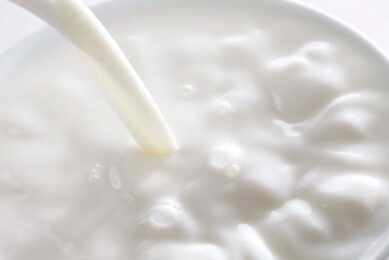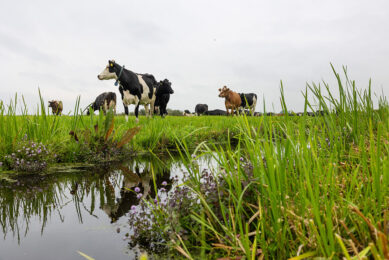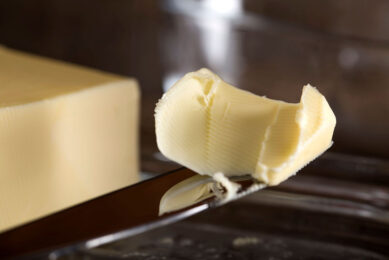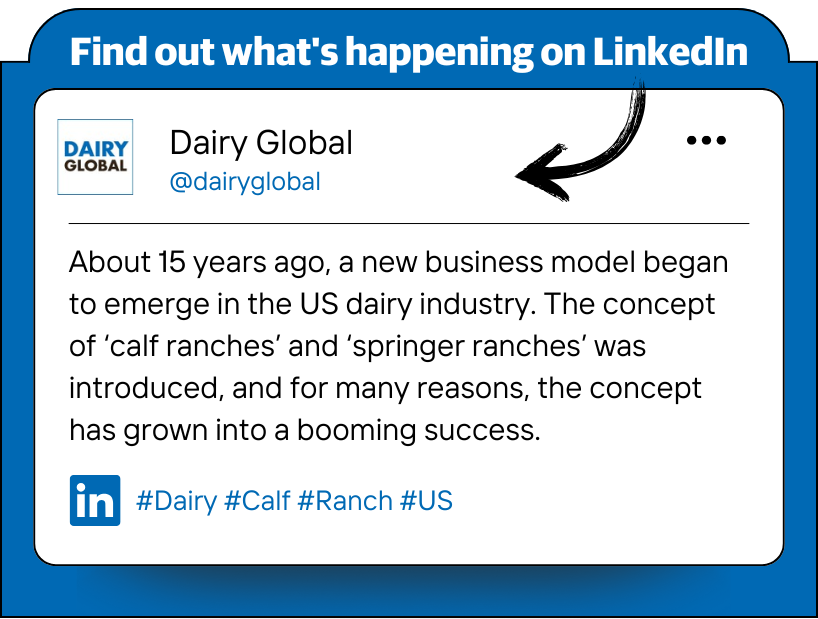Serbia faces a stagnating dairy industry
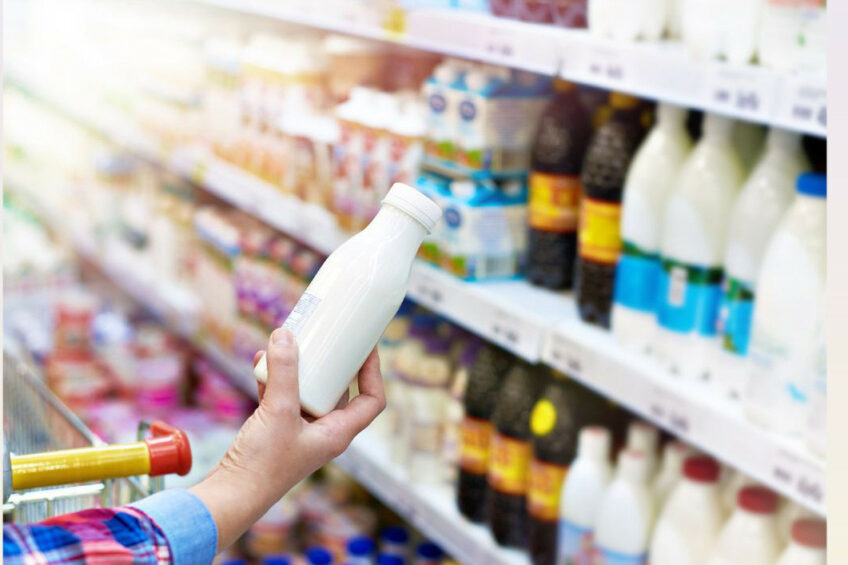
The Serbian Agricultural Ministry once again agreed to finance powdered milk production to alleviate the pressure on the market where the persisting oversupply crisis pushed prices to unprecedented lows. Meanwhile, analysts are drafting a new agricultural industry development plan called to be a long-term solution to the dairy sector’s stagnation.
Serbia has accumulated a huge stock of raw milk – a situation where farmers have to lower their prices simply to keep their operations running, Milija Palamarević, president of the Association of Cattle Breeders of Central Serbia, was quoted saying by local news. As a result of the crisis, the price of drinking milk on store shelves is now lower than that of mineral water, she admitted. As a result, Serbia may soon be forced to import large quantities of dairy products, she warned.
To alleviate the crisis, the Agricultural Ministry stepped in to purchase warehouse stocks from milk farmers and pay for their dehydration at the capacities of prominent dairy processors Imlek and Ubska Mlekara. The powdered milk will be offered to local confectioners, Palamarević explained. Such a measure has already proved its value in the past, saving the industry when the oversupply crisis reached its boiling point.
Serbia manufactures around 1.4 billion litres of milk per year, the publication reported. The oversupply is largely attributed to low dairy consumption in the country, which has been steadily declining over the past year. As estimated by analysts of the University of Belgrade, dairy consumption per capita dropped by nearly a third from 55 to 36 litres between 2012 and 2019, and the trend was projected to continue.
Lessons learned
One of the key reasons for the Serbian dairy industry’s current predicament is a failed agricultural industry development programme. Rolled out in 2024, it was heavily criticised by market players and analysts. In particular, Prof Dr Kovilјko Lovre, former Federal Minister of Agriculture of Yugoslavia, described it as unrealistic and inaccurate, while its goals were believed to be unachievable.
The strategy projected the Serbian agricultural industry to grow by 9.1% per year between 2014 and 2024. The actual growth, however, was limited to only 0.17% per year.
The new strategy is expected to focus on ensuring the food security of the population and increasing the competitiveness of the agricultural and food sectors, the authorities claimed. The concrete details of the new programme are yet to be revealed.



